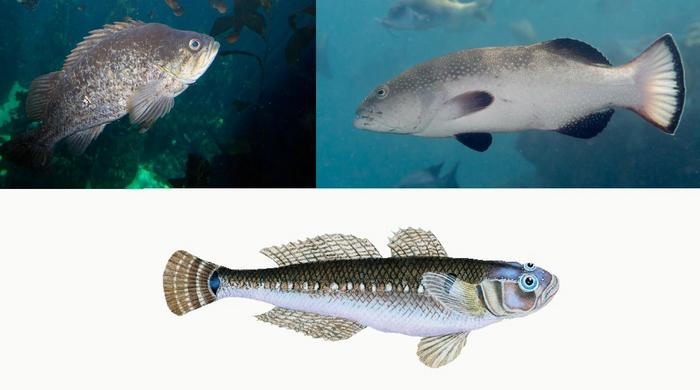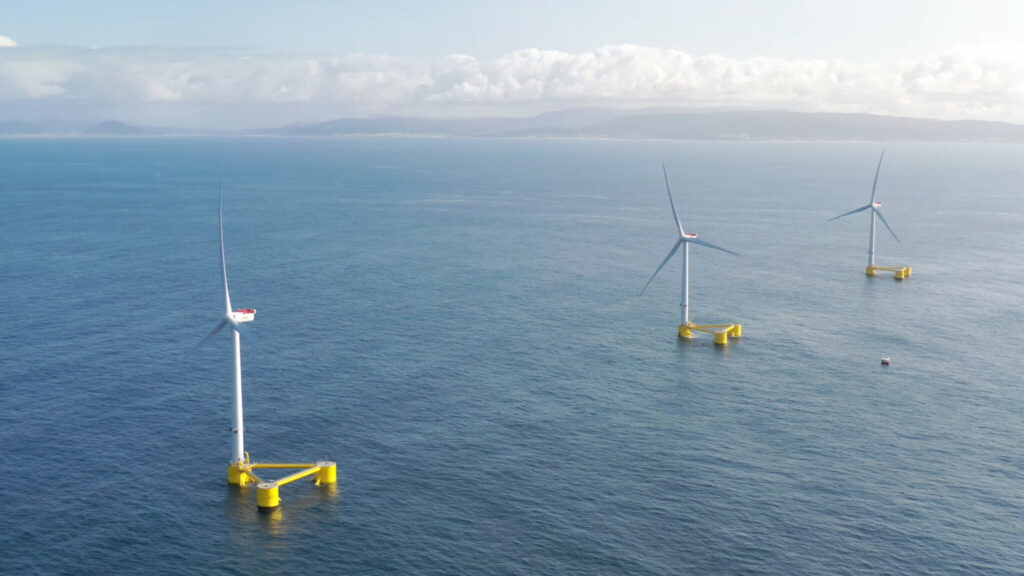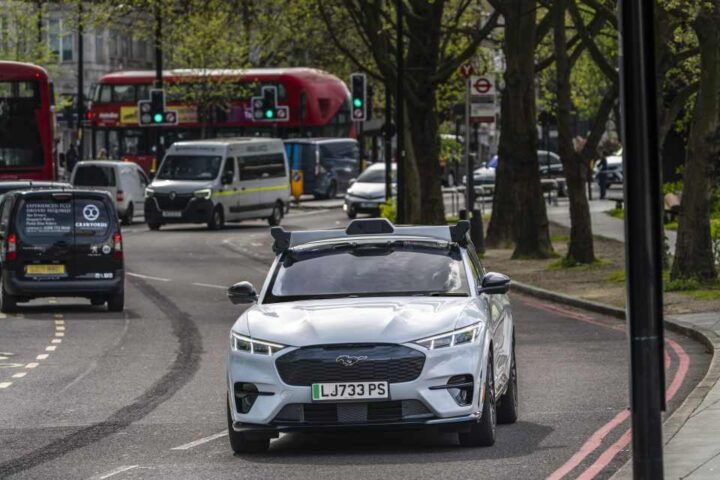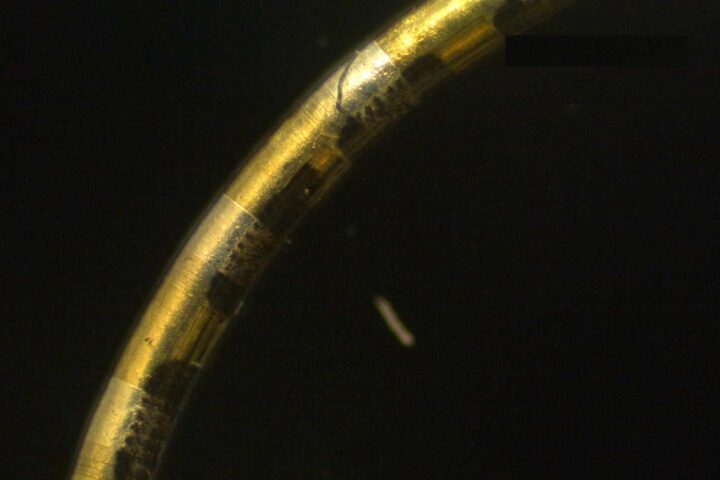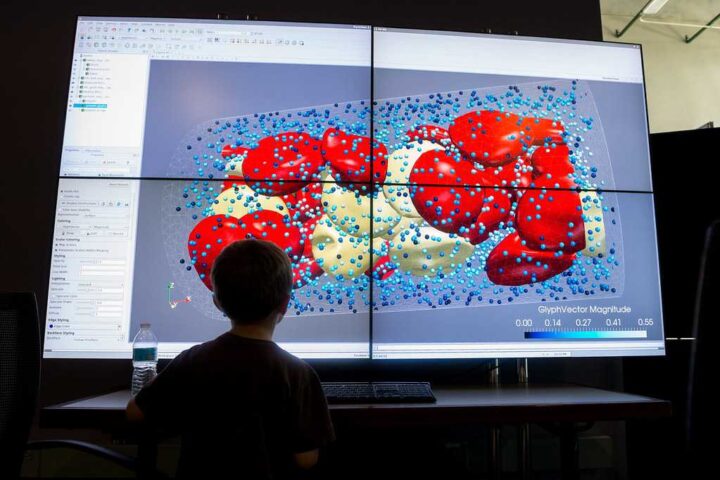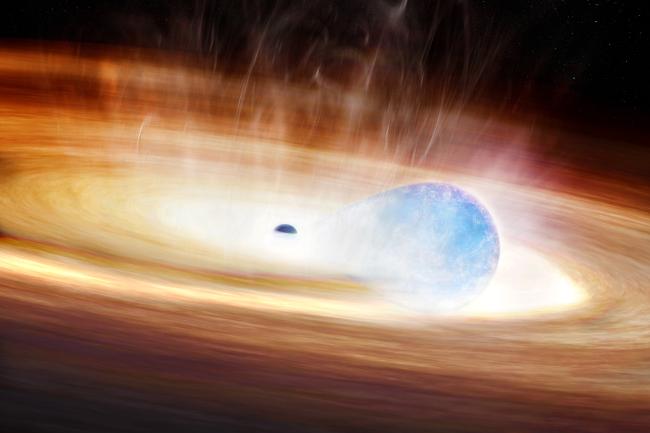A new study using a machine learning model combined with an artificial neural network claims that 12.7% of marine teleost fish are on the brink of extinction. It is a fivefold increase in comparison to the previous estimate of about 2.5% by the International Union for Conservation of Nature (IUCN). The Sinc agency revisited the research to better understand the implications of this updated extinction status, which includes nearly 5,000 additional species.
The IUCN maintains a List of Threatened Species to track more than 150,000 species and guide conservation efforts globally. It uses nine categories to classify species under threat, three of which—”critically endangered,” “endangered,” and “vulnerable”—apply to those most at risk. These global assessments rely on scientific evidence to determine extinction risks, but the process is slow and resource-intensive, with the IUCN evaluating around 163,000 species by 2024.
AI and Machine Learning: Tools for Predicting Extinction Risk
A study published in the open-access journal PLOS Biology explores how AI and machine learning can be leveraged to predict species at risk of extinction more quickly and cost-effectively. “Artificial Intelligence (AI) enables the reliable assessment of extinction risks for species that have not yet been evaluated by the International Union for Conservation of Nature (IUCN). Our analysis of 13,195 marine fish species reveals that the extinction risk is significantly higher than the IUCN’s initial estimates, rising from 2.5% to 12.7%. We propose to incorporate recent advancements in forecasting species extinction risks into a new synthetic index called ‘predicted IUCN status.’ This index can serve as a valuable complement to the current ‘measured IUCN status,” says Nicolas Loiseau, researcher at the French National Centre for Scientific Research (CNRS). Many species—more than 1.8 million—remain unevaluated altogether.
The study proposes a novel method incorporating AI-based predictive modelling to estimate the risks of data-deficient species. With 13,195 species as a base dataset, the model utilises presence/absence data, biological traits, taxonomy, and human usage information to predict extinction risks, filling the gaps where direct evaluations are not available.
Through this approach, researchers determined that 38% of marine fish species, which is around 4,992 species, are considered data-deficient and thus do not have any conservation status or protections tagged. Consequently, the number of predicted threatened species has increased from 334 to 1,671, and non-threatened species have increased from 7,869 to 10,451.
Groupers, rockfishes, and gobies—species crucial to reef ecosystems—are among the fish families with a significant portion at risk. These species play essential ecological roles, and their loss could destabilise marine ecosystems.
Similar Posts
New hotspots of biodiversity risk identified
The research also identified specific geographic hotspots where these endangered species are concentrated. Regions like the South China Sea, the Philippine Seas, the Celebes Sea, and the western coasts of Australia and North America emerged as the critical zones for endangered species. Furthermore, many species in the Coral Triangle—a region renowned for its biodiversity—remain data-deficient, signalling the need for further study and protection efforts in these areas.
The risk of extinction is particularly high for species with small geographic ranges, large body sizes, and slow growth rates, and the extinction risk is also linked to shallow habitats. Increased research and conservation efforts are recommended in these high-risk areas.
New IUCN AI-based Status Prediction Index
To address the gaps in data, researchers proposed a new IUCN Status Prediction Index using the latest predictive modelling techniques. This index would complement the current IUCN Red List, offering more data to governments, experts, and the public to better understand the biodiversity crisis and direct conservation efforts.The researchers believe that this predictive index could complement the current IUCN status, providing a valuable tool for more effective species conservation.
AI offers a unique opportunity to provide fast, broad, and cost-effective extinction risk assessments. While models cannot replace direct evaluations, AI can help prioritise species and regions that need urgent attention. The ability of AI to process large volumes of data efficiently can significantly improve the accuracy of extinction risk predictions and direct resources where they are most needed.
Researchers emphasise that artificial intelligence enables more reliable assessments of species not yet evaluated by the IUCN. This allows conservation efforts to be more targeted, addressing the most at-risk species and ecosystems. The use of AI and machine learning in biodiversity research could revolutionise how conservationists approach species protection in the future.
